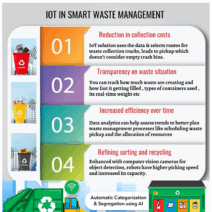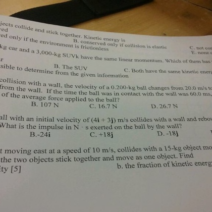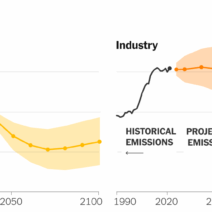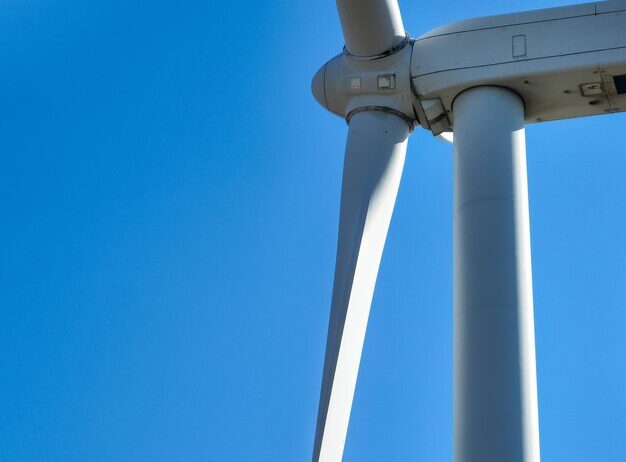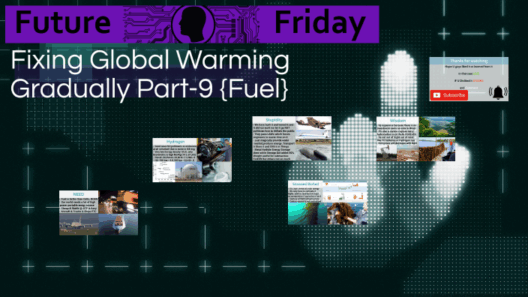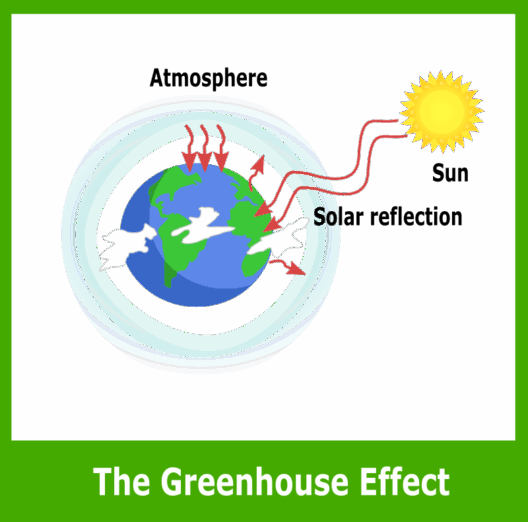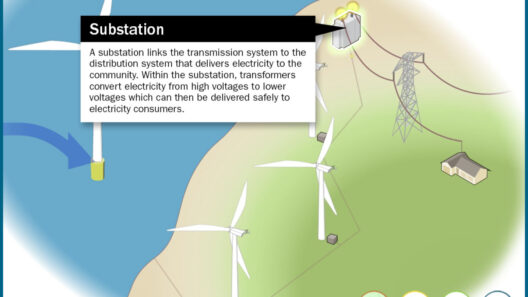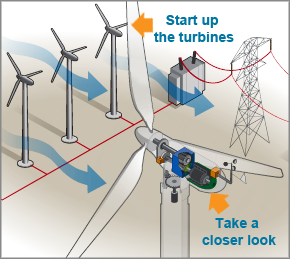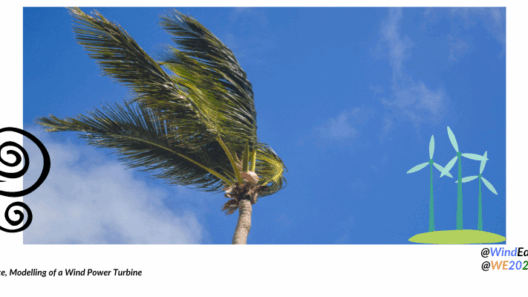As the world grapples with the effects of climate change and the urgent need for cleaner energy sources, wind energy has surged to the forefront of the sustainable energy debate. But have you ever stopped to ponder: how exactly is wind energy renewable? What are the intricacies that position wind power as a viable alternative to traditional fossil fuels? This article endeavors to elucidate the rationale behind wind energy’s status as a sustainable energy source.
Wind energy is often lauded as a clean source of power, but to fully appreciate its renewable nature, we must first dissect the forces that give rise to wind itself.
The Science Behind Wind Creation
Wind, at its core, is the result of temperature variations in the Earth’s atmosphere. As the sun heats the Earth’s surface unevenly—due to topography, land use, and seasonal changes—the air becomes less dense in warmer regions and more dense in cooler areas. This disparity in pressure causes air to move from high-pressure areas to low-pressure areas, generating wind.
This natural phenomenon offers a perpetual source of energy. Unlike fossil fuels, which are finite and depleting, the processes that create wind are continuous and cyclical. So, as long as the sun shines and the Earth rotates, we can expect wind to be there, generating energy without exhausting any resources or emitting harmful pollutants.
The Mechanisms of Wind Energy Harvesting
Capturing wind energy is accomplished primarily through wind turbines, which transform the kinetic energy of moving air into mechanical energy. This mechanical energy is then converted into electricity through the use of generators.
Wind turbines come in various designs, but they generally have large blades designed to catch the wind. When the blades turn, they drive a generator that produces electricity. The critical aspect here is that the entire process operates without depleting the wind itself—a fundamental characteristic of renewable energy sources.
Furthermore, wind farms can be established in diverse environments. From offshore locations along coastlines to expansive plains, the versatility of wind turbine placement reinforces their role as an adaptable energy resource. This adaptability not only maximizes electricity generation but also minimizes the ecological footprint typically associated with energy production.
Wind Energy’s Environmental Impact
One of the paramount inquiries surrounding renewable energy is its overall environmental impact. While it’s widely accepted that wind energy is cleaner compared to fossil fuels, exploring its ecological implications provides a more nuanced understanding of its role in a sustainable future.
Wind farms produce electricity without emitting greenhouse gases, which are notorious for trapping heat in the atmosphere and exacerbating climate change. Moreover, the lifecycle emissions associated with wind turbines—from construction to decommission—are substantially lower than traditional power plants. According to studies, the entire lifecycle of a wind turbine generates less than 30 grams of CO2 per kilowatt-hour of electricity, a minuscule fraction compared to coal or natural gas.
However, the deployment of wind energy is not devoid of challenges. Concerns surrounding bird and bat fatalities during operation have led to calls for further research and innovation in turbine technology. Additionally, the visual and auditory impact on local landscapes can provoke community opposition. Addressing these concerns is essential for harmonizing wind energy use with conservation efforts.
Government Policies and Economic Viability
Wind energy’s proliferation is facilitated not just by its physical attributes, but also by governmental policy frameworks and economic structures. With the push for cleaner energy, many countries are incentivizing renewable energy development through subsidies, tax credits, and other financial mechanisms.
These economic incentives catalyze the expansion of wind energy, making it more accessible and appealing to investors. Moreover, as technology evolves and production costs decline, wind energy’s position as a competitive alternative to fossil fuels is increasingly solidified. Achieving grid parity—where the cost of wind-generated electricity matches or undercuts that from fossil fuels—fuels further investment and research.
Dominating the Clean Energy Agenda
Going forward, wind energy is poised to play a pivotal role in global energy policies aimed at reducing carbon emissions. With ambitious targets set by various nations, the urgency to embrace sustainable energy sources is greater than ever. For wind energy to fully realize its potential, collaboration among governments, industries, and communities is crucial. This synergy is indispensable in addressing environmental concerns, facilitating technological innovations, and ensuring economic sustainability.
In conclusion, wind energy epitomizes the essence of renewable energy through its inexhaustible nature, minimal environmental impact, and adaptability to diverse landscapes. As we pivot towards sustainable practices, the ongoing development and implementation of wind power will be instrumental in mitigating the effects of climate change while promoting energy independence. Indeed, embracing wind energy is not merely an alternative—it is an imperative for a sustainable future.
